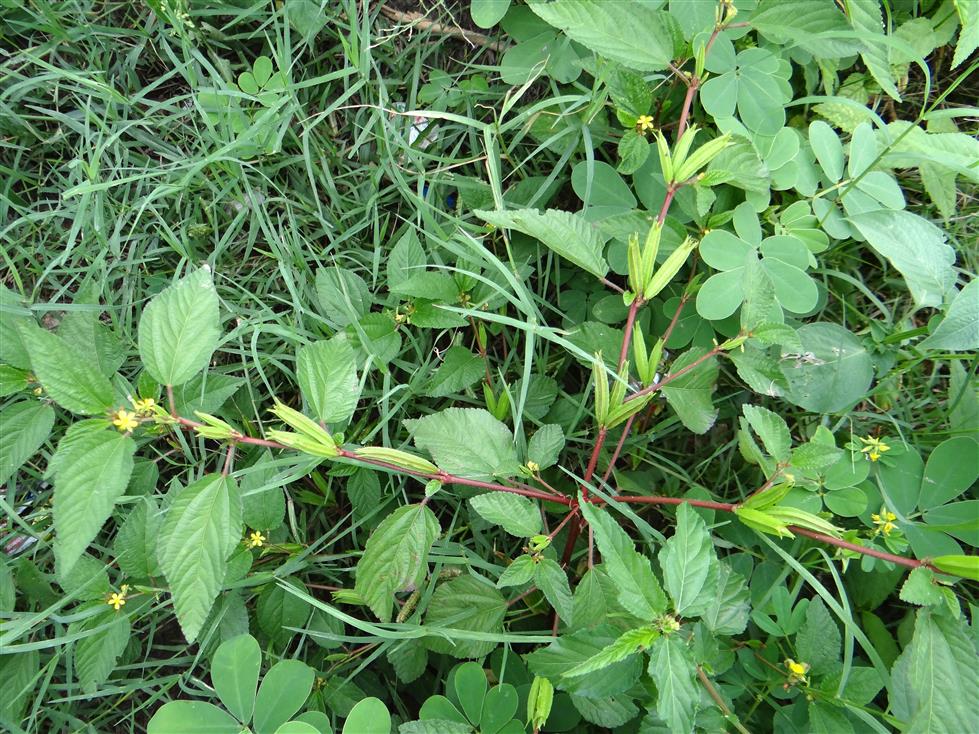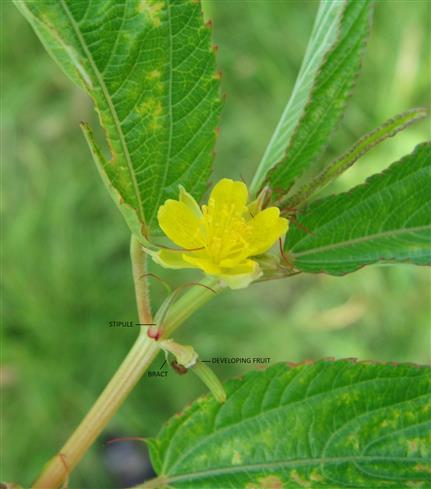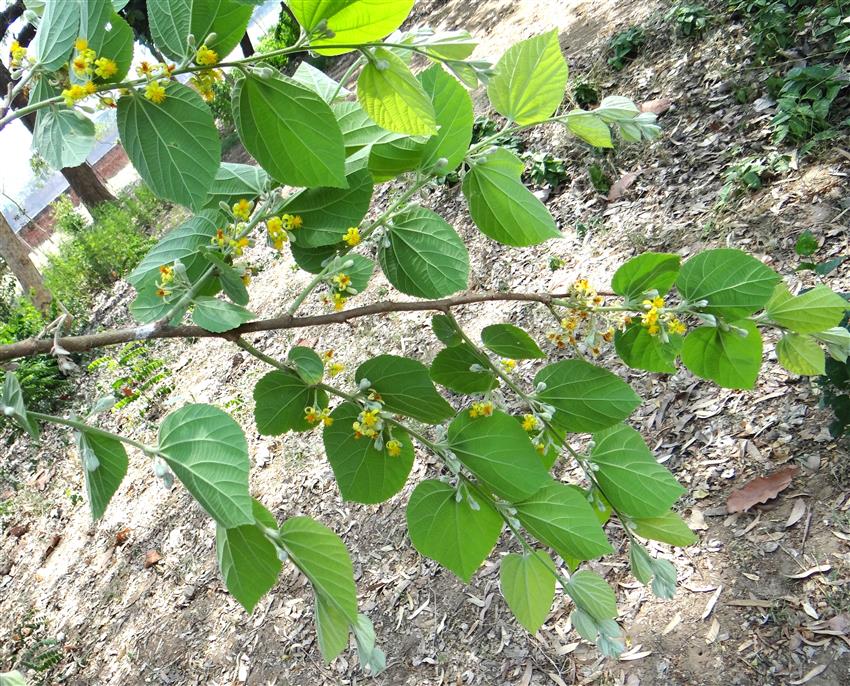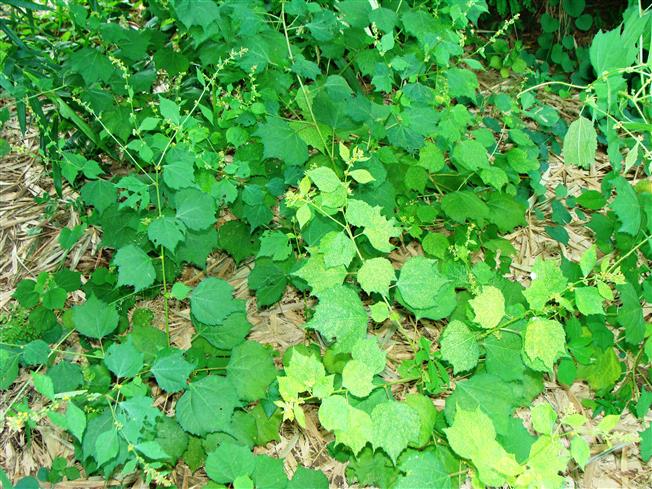TILIACEAE
Trees, shrubs or herbs, often with strong bast fibres and mucilaginous juice. Leaves usually alternate, entire, toothed, crenate or rarely lobed; stipules free, usually caducous. Flowers actinomorphic, usually bisexual, axillary or terminal, usually in cymes. Sepals (3-)5, free or connate, usually valvate. Petals usually 5, sometimes wanting, usually large and coloured, often with a glandular spot at base. Receptacle/torus more or less elevated bearing the sepals and petals at base. Stamens inserted on torus near the petals or raised on androgynophore, 10 or mostly indefinite, free, connate into a ring or 5-10-adelphous, all antheriferous or some reduced to staminodes; anthers bithecous, thecae parallel, dehiscing usually longitudinally or by an apical pore, rarely divergent and confluent at top. Ovary superior, 2-many-locular; ovules 1-many in each locule; style simple, columnar with a capitate stigma or divided into as many branches as are the locules of the ovary. Fruit a globose drupe or a capsule, either globose and covered with hooked spines, or long, narrow and glabrous.
About 50 genera and 700 species
Note: Sometimes merged with family Malvaceae.
Malvaceae sensu lato includes the families: Bombacaceae, Malvaceae sensu stricto, Sterculiaceae and Tiliaceae



